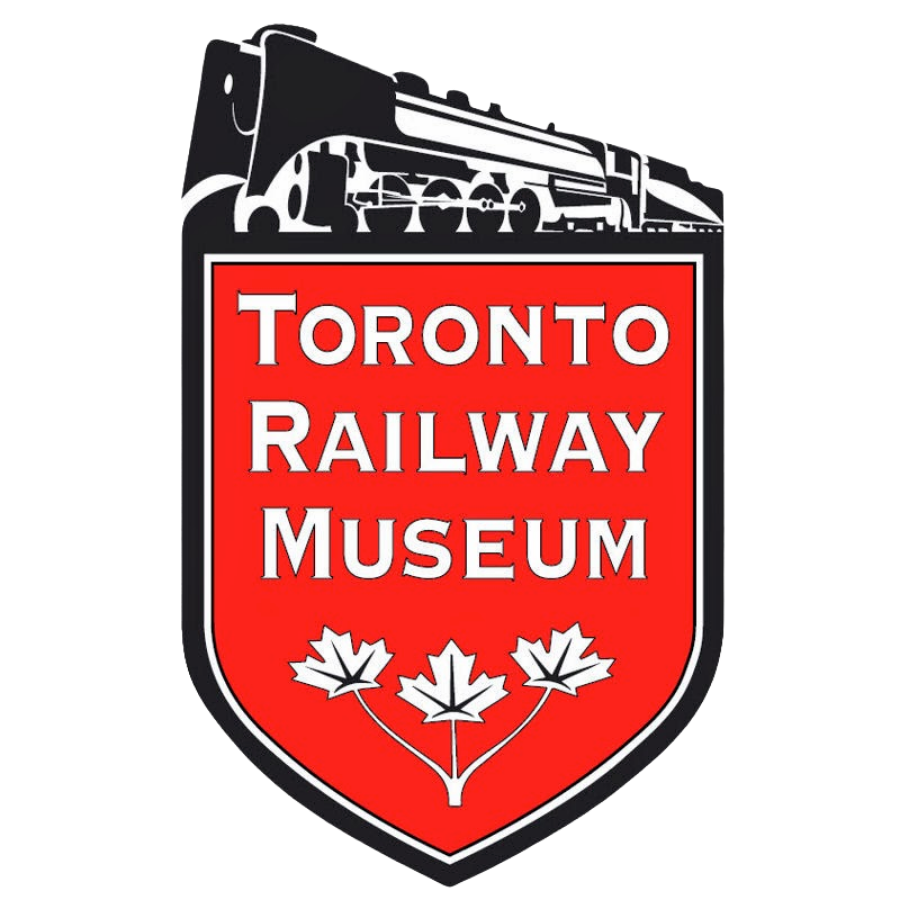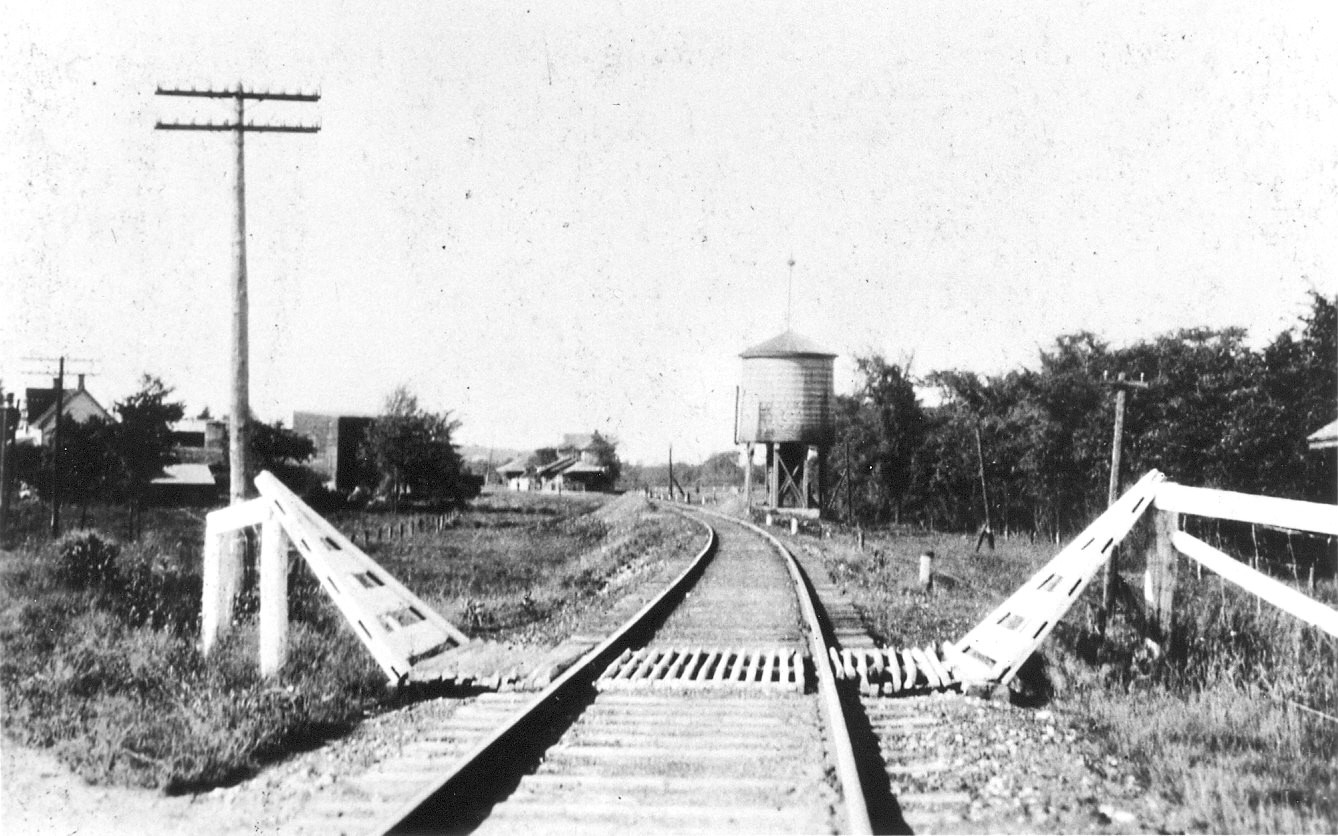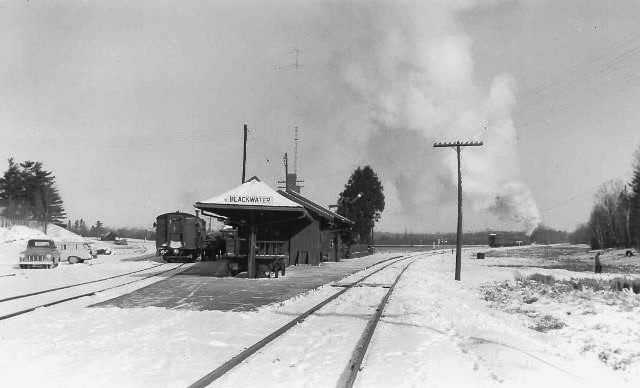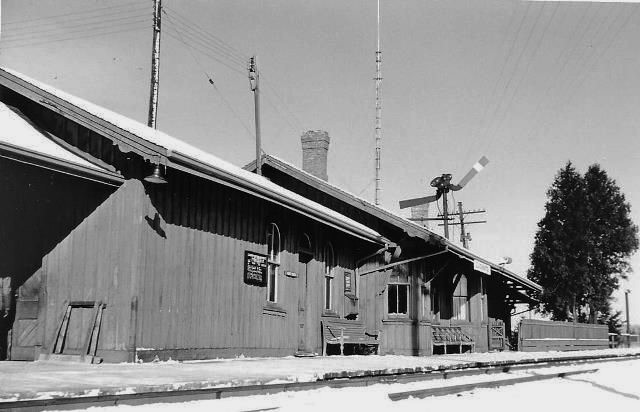Summary
The first station in the vicinity of modern-day Blackwater was built by the narrow-gauge Toronto & Nipissing Railway while construction of the railway was progressing north towards Coboconk. While no photos of this station are known to exist, it was likely a small wooden structure located along the 2nd Concession – which is approximately 2.8 kilometers south of where Blackwater is now located. The station was originally named Wick after the nearby post office. The first train would have arrived in November of 1871 when the line was opened up to Sunderland. Wick Station likely saw very few passengers due to the very remote and unpopulated nature of its surroundings.
About a decade later, the nearby Midland Railway of Canada financed the Toronto & Nipissing Railway’s conversion to standard gauge ahead of a planned amalgamation with several other connected branch lines. The companies were officially amalgamated under the banner of the Midland Railway of Canada on April 1st, 1882. In order to rationalize the new system of branch lines into a cohesive unit, a connecting track was made between the former Toronto & Nipissing Railway north of Wick and the former Whitby, Port Perry & Lindsay Railway (which was also amalgamated into the Midland) at Manilla. This track was completed in 1883, and new passenger stations were built at both junctions to facilitate transfers from one line to the other. Just a year later on January 1st, 1884, the Midland Railway was leased by the much larger Grand Trunk Railway who would ultimately gain full control of it. The new station north of Wick was originally called Wick Junction, though its name was changed to Blackwater Junction by the late 1880’s. The original stop at Wick remained for a period of time after Wick Junction was opened, though it’s unknown how long it lasted. Little is known about the second station’s original design – early photographs show a building with two storeys and a turret of some kind. The building apparently included a refreshment room in addition to the usual passenger facilities, though this disappeared in 1941. There were telegraph offices on both sides of the station building; one for the Toronto & Nipissing line and another for the connecting track – which quickly became the busier of the two in terms of traffic. A total of six trains stopped at Blackwater per day by 1886, two of which ran to Coboconk while the rest went to or from Lindsay. The community of Blackwater sprung up around the station soon after it opened.
The Grand Trunk would encounter financial difficulties into the early 1900’s, culminating in its nationalization and subsequent absorption into Canadian National in 1923. As automobiles started to appear during the early 20th century, branch line passenger ridership was one of the first things to feel the effects. Several old stagecoach routes in the area were turned into provincial highways in the 1920’s, allowing for a higher amount of car traffic and at faster speeds than before. Service to Blackwater would decrease from eight trains per day in 1922 to just three in 1961. The station was closed to passengers later the same year and it was dismantled in 1967. The converging railway lines in Blackwater both remained in use by Canadian National for local freight service in subsequent decades. The line to Coboconk was shortened to Woodville in 1965, then abandoned altogether in 1986. The line between Uxbridge and Lindsay remained in use until 1991 and it was subsequently torn up. Both lines have since been converted to recreational trails, with the former line to Coboconk now forming the Beaver River Wetland Trail and the line to Lindsay forming a leg of the Trans-Canada Trail. An information board with a large “Blackwater” sign above it now occupies the station property.
Condensed Station Info:
| Location: | Served By: | Current State: | Date Built: | Date Demolished: |
| Near Highway 12 and Blackwater Road | T&N (1871 – 1882) MRC (1882 – 1884) GTR (1884 – 1923) CNR (1923 – 1961) | Demolished (Both) | 1871 (first) 1883 (Second) | ~1884 (First) 1967 (Second) |




